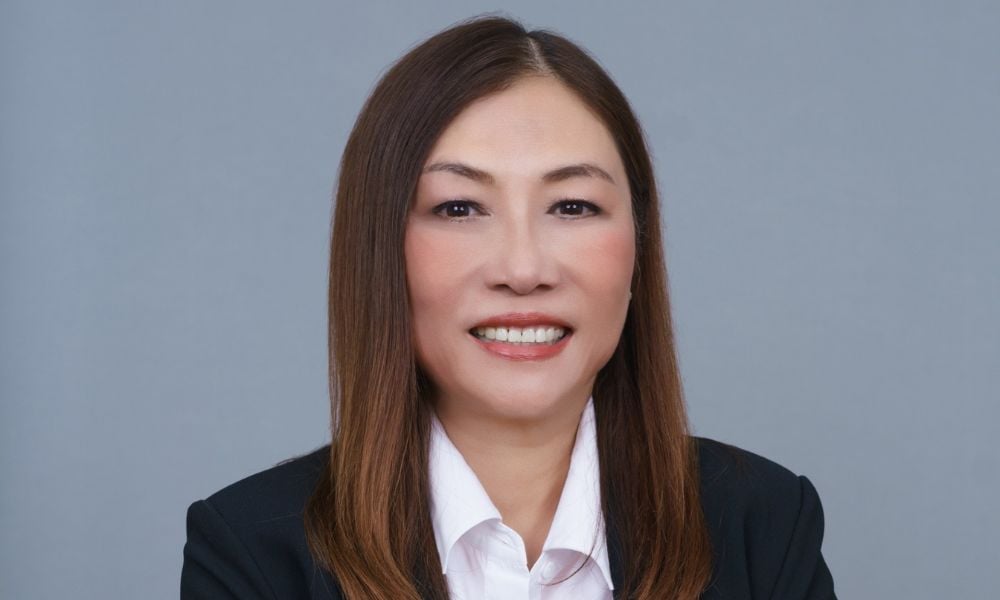
HR leader explains motivation behind 'heart-head-hand' approach

For Jaclyn Lee, Group CHRO of Certis Group, inclusive leadership became personal when she became a parent to a child with autism.
“Bringing up a special needs child makes one realize that the world is not just about you and me," Lee told HRD.
“Before having a child who was diagnosed with autism, I didn't understand much about the special needs community. The journey with my special needs child has helped me to become more empathetic and embracing of others who are different.”
This connection has transformed into workplace action at Certis Group, where Lee has worked closely with the business units to support the recruitment of close to 70 people with special needs into the business.
“We've trained our managers to handle people with autism and re-designed jobs to fit their special abilities,” she explained.
With over 25 years of HR experience and having authored books in organizations and workplace culture, Lee has also earned several distinctions in the industry, including her previous role at Singapore University of Technology and Design (SUTD), where she partnered with senior academic leaders to recruit more women into engineering.
"We organized a lot of programs which includes projects like ‘women in technology’. Many passionate colleagues, not just myself, worked to encourage female school going students to enrol in engineering. We're very proud to say we hit a 40% enrollment rate of women enrolled in our engineering degree programs," Lee said.
She then tackled faculty diversity: "We didn't have enough women faculty… The team and I traveled globally to recruit international faculty and, in the process, also worked to recruit more women faculty into engineering. Eventually, over the next 10 years, we were able to place many women into engineering leadership roles."
At Certis, Lee promotes what she calls "heart, head, and hand" leadership.
"It's not enough as a leader to just use your head… You also need to work with your heart and use your hands to deliver," she explained.
"Your hands are for delivering outcomes, your head is to think, but you also need a heart to embrace, have empathy, and listen to others."
When managers show resistance to hiring people with special needs, Lee turns to practical demonstration.
"With people who are resistant, we always start with experiments: 'Why don't you try this person for half a day and see how it feels?' After a while, they do find that person is actually pretty good," she shared. "The idea is to focus on what people can do well."
Leading a company where most employees must be on-site with clients creates unique DEI challenges.
"For us, we can't really have a lot of hybrid work as our employees have to be at customer sites," Lee noted. The company adopts a flexible working policy where staff can request work flexibility due to family or personal reasons.
Lee maintains connection through structure: "We organize regular updates, team retreats, and outings. I do skip-level lunches with direct reports to get to know how they're feeling."
She also creates cross-functional projects: "We form teams with different skill sets from different regions working on projects together to foster inclusivity."
While tracking numbers matters, Lee looks deeper at impact.
"In hiring people with special needs, we aim to answer a few questions… ‘Are they productive on the job? Do they meet client expectations?’ Your employee climate surveys can measure if managers are willing to listen," she explained.
She recommends follow-up measurement: "Do another survey a year later to find out if your actions have worked and what you can do to continue improving."
Lee's most valuable DEI lesson is straightforward: "As a leader, it's not about being right all the time. It's about trust. It's looking to the person on your left, the person on your right, and making sure they're okay."
The essential quality is humility. "You have to be humble and be willing to listen… [Be] willing to accept people from diverse backgrounds, and have good insights into understanding cultural norms."
These insights shape her leadership approach: "When you understand where people are coming from, you can manage expectations better."